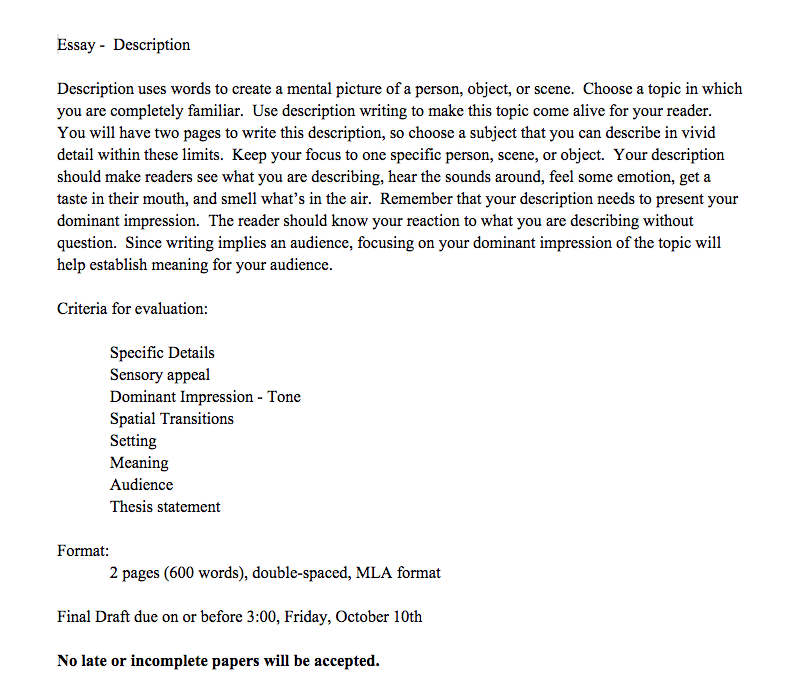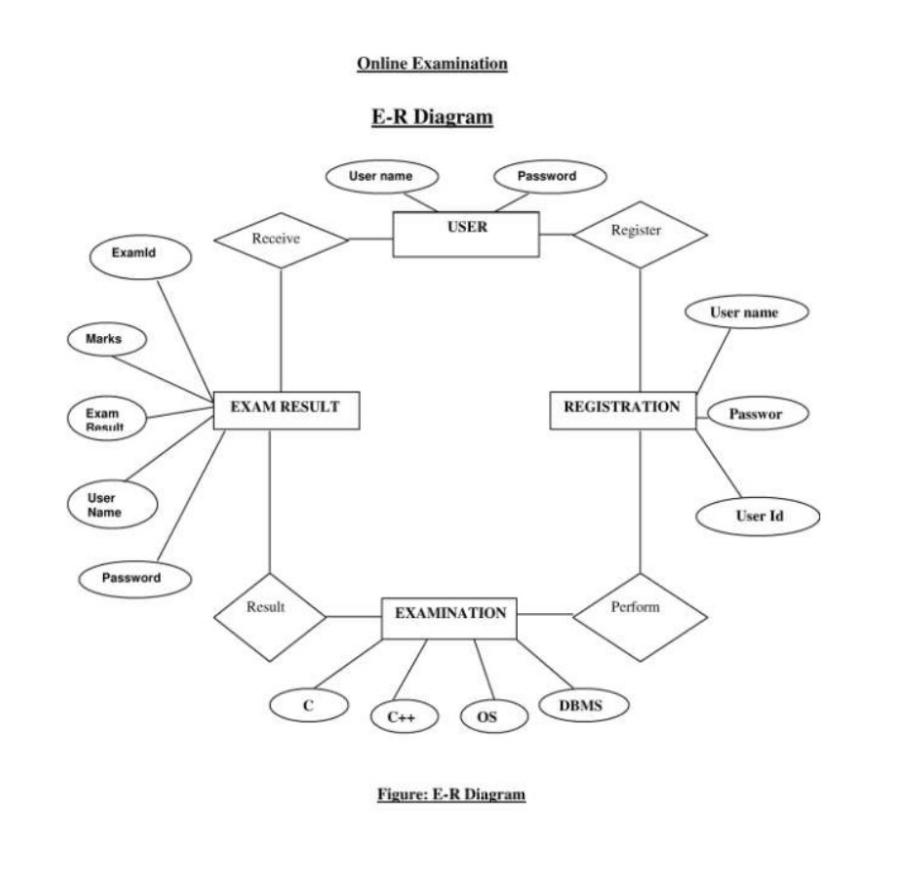Is there a chart for helping me decide between open-source.
We would like to show you a description here but the site won’t allow us.Open-source hardware (OSH) consists of physical artifacts of technology designed and offered by the open-design movement.Both free and open-source software (FOSS) and open-source hardware are created by this open-source culture movement and apply a like concept to a variety of components. It is sometimes, thus, referred to as FOSH (free and open-source hardware).About Open Source Licenses. Open source licenses are licenses that comply with the Open Source Definition — in brief, they allow software to be freely used, modified, and shared. To be approved by the Open Source Initiative (also known as the OSI), a license must go through the Open Source Initiative's license review process. Popular Licenses.
Licenses. Open source licenses grant permission for anybody to use, modify, and share licensed software for any purpose, subject to conditions preserving the provenance and openness of the software. The following licenses are sorted by the number of conditions, from most (GNU AGPLv3) to none (Unlicense). Notice that the popular licenses featured on the home page (GNU GPLv3 and MIT) fall within.This is a comparison of published free software licenses and open-source licenses.The comparison only covers software licenses with a linked article for details, approved by at least one expert group at the FSF, the OSI, the Debian project, or the Fedora project. For a list of licenses not specifically intended for software, see List of free content licenses.

The TAPR Open Hardware License 1; The MIT License 2; Various BSD licenses 2; Creative Commons Attribution 3.0 and Creative Commons Attribution ShareAlike 3.0 2; GPL 2; Note that the last four can also be used for software. None of the examples given are exclusively for hardware, with the exception of the TAPR Open Hardware License.












